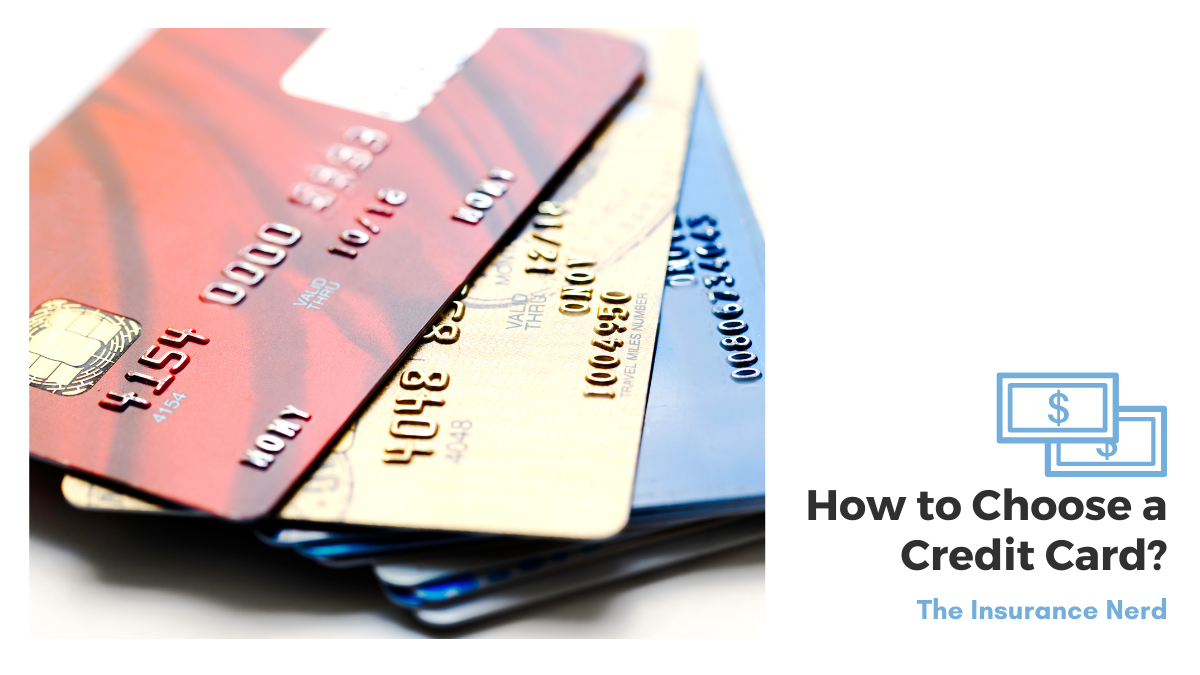Credit cards have been in the market for years. However, it’s been gaining the hype recently because of its convenience in paying for goods and services.
And, unless you’ve been living under a rock, an agent has probably offered a credit card to you.
In today’s article, we’ll be discussing all you need to know about credit cards.
If you don’t have one yet, continue reading to determine how to choose the right one that suits your needs.
Understanding Credit Cards
A credit card is a plastic or metal card that banks or financial institutions issue. With a credit card, you can borrow funds to pay for the goods and services you avail from partner merchants.
Credit cards are known for its condition that you pay the funds back to the issuer with interest. However, there are also some charges that issuers impose, depending on your agreement.
This is what you call the standard credit line. Typically, you get the option to pay in full by the due date or over time. Issuers also offer a different credit line that allows you to borrow funds in the form of cash advances.
Moreover, this line of credit can be accessed through several methods, including bank tellers and ATMs. Typically, the cash advance has different terms, including higher interest rates.
Also, depending on the issuer, there are pre-set borrowing limits based on credit rating.
Types of Credit Cards
To help you determine which credit card is suited to your needs, we first have to look at their different types.
Generally, there are thousands of credit card types. However, almost all of them fall into seven different categories, which we’ll be discussing below.
1. Cashback
With cashback credit cards, you get a specific percentage back on the money you used or spent. Depending on the issuer, the redemption options can include direct deposit or a statement credit.
Generally, cash back credit cards are best for people who want the flexibility of cashback. It’s also suitable for people who don’t travel that much.
2. Travel
If you get a travel credit card, you get rewards like points or miles for every purchase. You can redeem these rewards for airfare, hotel accommodation, and other travel costs that you might incur.
Travel credit cards are best for people who travel often and are especially beneficial to those who travel internationally.
3. Balance Transfer
Balance transfer credit cards are suitable for people with excellent credit ratings. This is because these credit cards allow you to transfer debt from another credit card.
Also, you can use balance transfer cards to pay these debts interest-free for a given period.
4. Low Interest
If you’re planning to carry a balance, a low-interest credit card is for you. This is because this type of credit card allows you to pay lower interest on your monthly balance.
Also, if you qualify, it might be your best option.
5. Secured
Secured credit cards are suited for people with no credit history and those with bad credit. Generally, this type of credit card requires a deposit, which typically equals your credit limit.
However, keep in mind that some issuers also require a bank account for the deposit’s funding. This type of credit card is suited for people who want to build their credit.
6. Student
If you’re under 21 with a source of income, student credit cards are for you. This is because this type of credit card will help you build your credit history.
7. Small Business
As the name implies, small business credit cards are for small business owners looking to make large purchases. This type can also help entrepreneurs provide credit cards to their employees.
Things to Consider Before Getting a Credit Card
Getting a credit card is just like purchasing something from the store. You have to account for several factors to make sure you’re getting what you need and what’s best.
This section will discuss the things you need to consider before getting the best credit card for you.
1. Credit Score
Probably the essential thing you have to look at before getting a credit card is your credit score. Remember that your credit score is a huge determinant of what kind of card you can get.
Generally, issuers allow people with a credit score of at least 700 to get a rewards card. Typically, this comes with bonuses or promotions, including promotional interest rates and low APR.
There are many ways to know your credit score, but some aren’t free. However, some issuers offer free credit-score checks that you can get even when you’re not a customer.
With these in mind, make sure to review your credit report and note the things that might decrease your score.
2. Interest Rate
When issuers give a credit card offer, the interest rate is the annual percentage rate (APR).
Typically, the interest rate can be fixed or a variable.
If you get a fixed-rate card, you’ll know your interest rate monthly. On the other hand, cards with variable rates can change from time to time.
Also, keep in mind that even fixed-rate cards can change depending on various factors, including going over your credit limit.
3. Credit Limit
If you don’t know what a credit limit is, it’s the amount of money that your issuer is willing to lend you. Of course, you have to keep in mind that your credit limit will depend on your credit history.
Typically, your credit limit can range from some hundred dollars to nearly thousands of dollars.
However, keep in mind that it’s best to stay out of maxing out your credit limit. This is because it can hurt your credit score, leading to your issuer decreasing your credit limit.
Also, your issuer can charge you a penalty if it happens.
4. Incentives
Like we’ve said, rewards cards typically come with bonuses and other perks. Issuers also offer additional rewards if your spending’s high enough over some time.
Also, rewards and cashback bonuses can help you save money in areas you spend the most money on.
To get the best credit card for you, look for credit card offerings that are flexible and useful to you. It’ll also be beneficial to find an offer with rewards that you can easily earn and redeem.
How to Choose the Right Credit Card

Now that you know these things about credit cards, you probably have an idea of whether or not you want to get one. With this, it’s time to talk about how to choose the right one for you.
Step 1: Choose the type of credit card you want.
Before getting a credit card, ask yourself this: “What am I going to use the card for?”
Like we’ve said, there are tons of credit cards out there. The key to this is to make sure you understand how credit cards work and which type fits your needs.
Once you decide on what type to get, choosing a credit card will be easier.
With this, you must find out what you’re going to use the credit card for.
Step 2: Look for the features important to you.
After choosing the type you want to get, the next step is to select the card’s features. This will depend on what credit card type you’re going to be choosing.
Below is a list of credit card features that you should look for depending on your priorities.
If you want to improve your credit:
If you’re planning to use a credit card to improve bad credit, here are the features you should look for:
- No annual fees: If you want to work on your credit, you shouldn’t get extra costs.
- Free credit score review: While you’re working on your credit, you must monitor it to see if it’s increasing. Most credit card issuers this service that you can check monthly, and it’s free of charge.
If you want a rewards card:
Say you’re planning to get a rewards card that earns you cash back or travel rewards. If you are, here are the features you would want to get:
- Rewards rate: The rewards rate is the number of rewards you can earn through your card.
- Bonuses: As mentioned, issuers offer lots of perks. Some offer a reward for getting a spending minimum, while other offer sign-up bonuses.
- Travel rewards use: Depending on the card you choose, you can redeem travel rewards for travel expenses.
Step 3: Look around for and compare your credit card options.
Now that we’re done choosing the credit card’s technical aspects, it’s time for the fun part.
Choose the top credit cards from the type you’ve chosen. Then, compare these cards.
Say you’ve decided to get a cashback card. Of course, you’d choose the one which card earns the most cash back and has the best features.
Then, you’d also consider the cashback rate, sign-up bonus (if there is), and the annual fee.
However, if you don’t want to go through the hassle, you can always look for sites that do the job for you.
Step 4: Apply for the card you want.
Once you’ve finished the steps above, it’s time to apply for the credit card of your choice. Here’s how:
- Go to the credit card issuer’s website and click “Apply Now.”
- Provide the needed information. Generally, credit card providers ask for your personal information, address, and financial details.
- Submit your application and wait for the issuer’s response.
Once your application gets approved, you just have to wait for your card to arrive in the mail within seven to ten business days.
However, you should know that two other outcomes could potentially happen to your application.
One, the issuer might need more time to review it, and you’d have to wait for their decision. Depending on the issuer, you’ll receive it through mail or email.
The other outcome is the denial of your application. If this happens, you can call the issuer’s reconsideration line to see if they’d change their decision.
However, keep in mind that you can always apply to a different issuer.
Final Words
A credit card is a helpful financial tool, especially if used properly. With this, you should understand how it works and how it could affect your finances.
Ultimately, there is no one-size-fits-all credit card. Just remember to look at the things we’ve discussed to help you choose what’s best for you.
Found this article helpful? Read the ones below to learn more about finances!
- Credit Cards vs. Charge Cards: Which is Better?
- Money Market vs. Savings Account: Which One’s For You?
- How To Build Credit From Scratch
Drop a comment below and tell us what you want to learn next!





